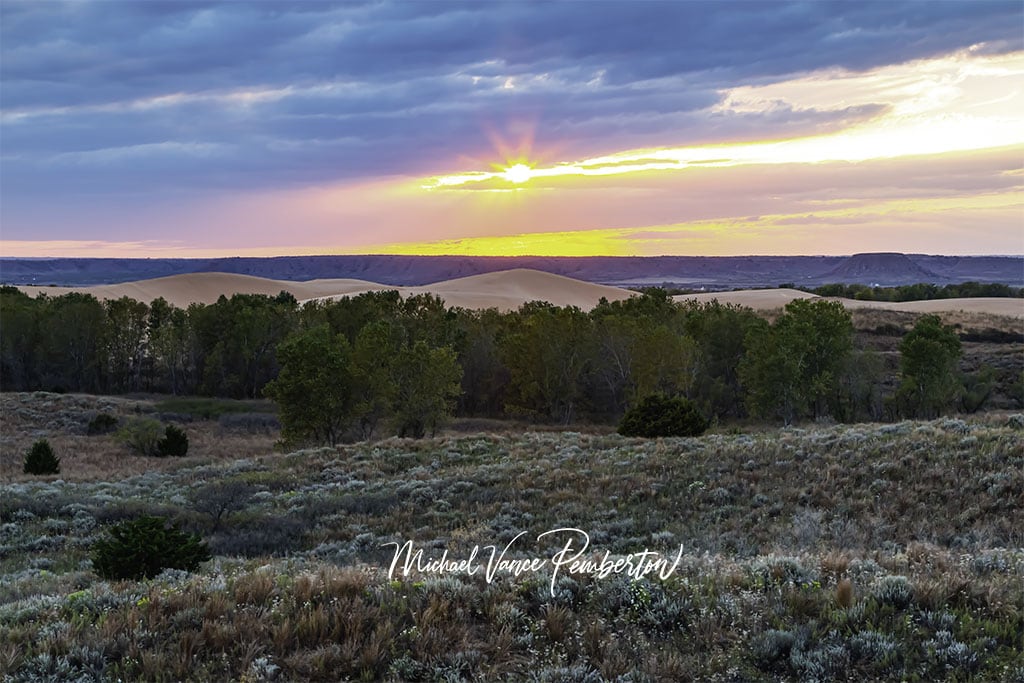
At the heart of every camera lens lies a crucial component that dictates the amount of light entering the camera and profoundly influences the final image—a feature known as aperture. Denoted by the f-stop value, the aperture is the adjustable gateway through which light streams onto the image sensor. This opening in the lens acts as the eye of the camera, regulating the quantity of light that reaches the sensor to create a well-exposed photograph. The f-stop value is a numerical representation of the size of this aperture, and it carries significant implications for the resulting image.
In the realm of aperture values, a lower f-stop number corresponds to a broader or larger aperture, permitting a more significant influx of light. For instance, a lens set to f/1.8 boasts a generous opening, allowing copious amounts of sunlight to reach the sensor. This characteristic is particularly advantageous in limited light, such as during indoor photography or in the dim glow of twilight. The larger aperture facilitates the capture of well-exposed images in low-light conditions and introduces a creative element—a shallow depth of field.
Conversely, a higher f-stop number, such as f/16, designates a narrower or smaller aperture. In this scenario, the aperture acts as a selective filter, restricting the light penetrating the lens and reaching the sensor. This configuration is especially valuable in brightly lit environments, where controlling the amount of light becomes essential for maintaining optimal Exposure. Additionally, a smaller aperture contributes to a greater depth of field, allowing more elements in the scene to remain sharply in focus. This characteristic is often employed in landscape photography, where foreground and background details are integral to the composition.
The f-stop value, synonymous with the aperture, is a fundamental aspect of photography that wields significant influence over an image’s Exposure and creative aspects. The choice of aperture, whether wide or narrow, plays a pivotal role in determining a photograph’s visual outcome, from the scene’s luminosity to the depth of focus. As photographers manipulate this critical setting, they unlock creative possibilities, sculpting their images with precision and finesse.
What is Aperture?
The aperture, denoted by the f-stop value, is the opening in a camera lens through which light passes to reach the image sensor. The f-stop value represents the size of this opening. A lower f-stop number (e.g., f/1.8) indicates a larger aperture, allowing more light to enter, while a higher f-stop number (e.g., f/16) represents a smaller aperture, restricting the amount of light.
The Purpose of Aperture:
Controlling Exposure: One primary function of the aperture is to control the amount of light that reaches the camera sensor. In low-light situations, a wider aperture (lower f-stop) is used to allow more light in, while in bright conditions, a smaller aperture (higher f-stop) reduces the amount of light.
Depth of Field Control: Aperture is crucial in determining an image’s depth of field (DOF). Depth of field refers to the distance range in a photograph that appears acceptably sharp and in focus.
Understanding Depth of Field:
Depth of field is influenced by the size of the aperture:
Shallow Depth of Field (Low f-stop): A comprehensive or large aperture, indicated by a low f-stop number (e.g., f/2.8 or f/4), creates a shallow depth of field. In such cases, the foreground or background of the main subject appears blurred or out of focus, drawing attention to the subject itself.
Applications: Portraits, macro photography, isolating a subject from the background.
Deep Depth of Field (High f-stop): A narrow or small aperture, represented by a high f-stop number (e.g., f/11 or f/16), produces a deep depth of field. This means that a more significant portion of the scene, both near and far from the camera, appears sharp and in focus.
Applications: Landscape photography, architecture, and scenes where foreground and background details are essential.
Practical Applications of Aperture:
Portrait Photography: To achieve a pleasing background blur and emphasize the subject, use a wide aperture (e.g., f/2.8 or f/4). This isolates the subject from the background, creating a visually appealing effect.
Landscape Photography: When capturing expansive landscapes with intricate details from foreground to background, opt for a narrow aperture (e.g., f/11 or f/16) to ensure a deep depth of field, keeping everything in sharp focus.
In close-up shots, where focusing on a small subject is essential, a wide aperture (e.g., f/2.8) helps create a shallow depth of field, isolating the topic and providing a dreamy background.
Group Photos: When photographing groups of people or scenes where both foreground and background details are significant, choose a mid-range aperture (e.g., f/8) for a balanced depth of field.
Conclusion:
An aperture is a powerful tool in a photographer’s arsenal, offering creative control over Exposure and depth of field. Understanding how the aperture influences the sharpness of your images and the visual impact of the background is critical to achieving the desired effect in your photographs. As you experiment with different apertures, you’ll discover new ways to express your artistic vision and capture scenes with varying depths of field, adding depth and dimension to your photography.


Recent Posts
In shadows cast by love's deceitful guise,He wandered blind, his heart the captive prize.Through realms unknown, where truth remained concealed,He followed trails of falsehood, unrevealed. Blinded...
Prepare to be amazed as the MCAS Cherry Point Air Show returns on May 11-12. This annual event, hosted by the Marine Corps Air Station (MCAS) Cherry Point in North Carolina, promises a weekend of...